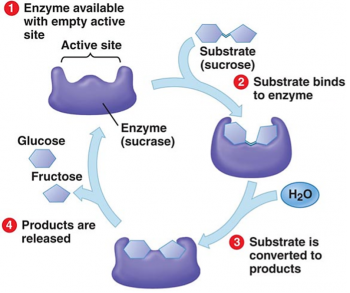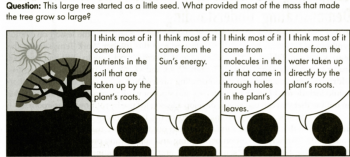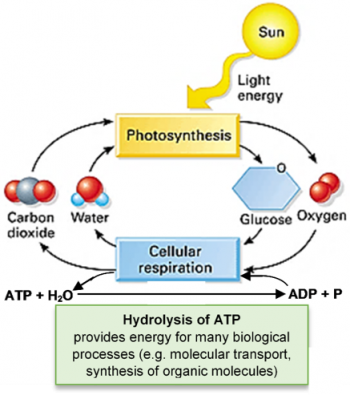
In this hands-on, minds-on activity, students investigate the biological causes of Maria’s symptoms and Jayden’s symptoms. To explore the causes of these symptoms, students carry out two experiments and interpret the results, and they answer additional analysis and discussion questions.
Students learn about enzyme function and enzyme specificity as they figure out that Maria’s symptoms are due to lactase deficiency (resulting in lactose intolerance) and Jayden’s symptoms are due to sucrase deficiency.
In the final section, students are challenged to generalize their understanding of enzymes to interpret a video of an experiment with saliva, starch and iodine. This activity can be used in an introductory unit on biological molecules or later during a discussion of enzymes.
 Download Student Handout: PDF format or Word format
Download Student Handout: PDF format or Word format
Download Teacher Preparation Notes: PDF format or Word format

 © Serendip® 1994 - All rights reserved. Privacy Policy
© Serendip® 1994 - All rights reserved. Privacy Policy


 Download Student Handout:
Download Student Handout: 



